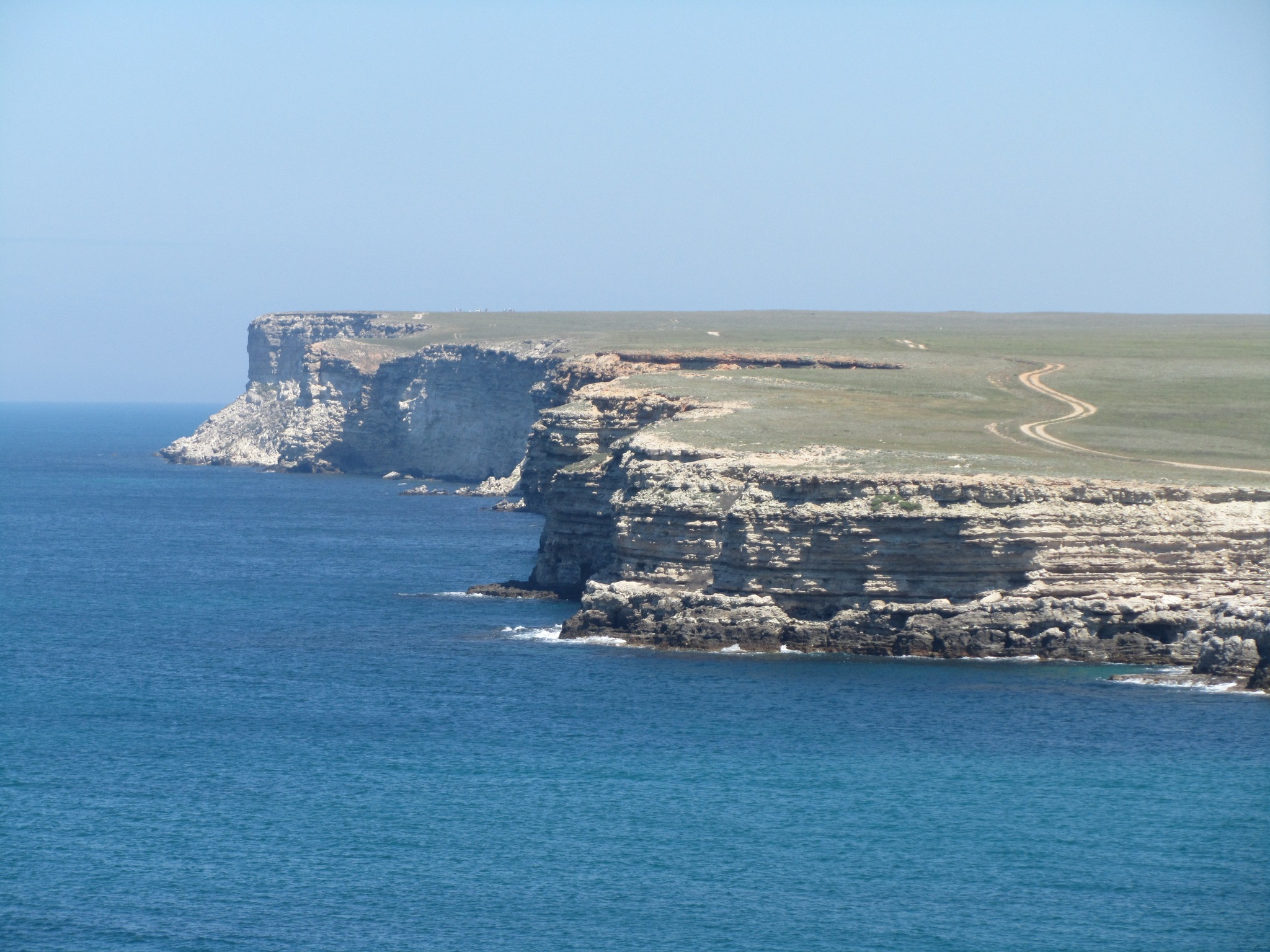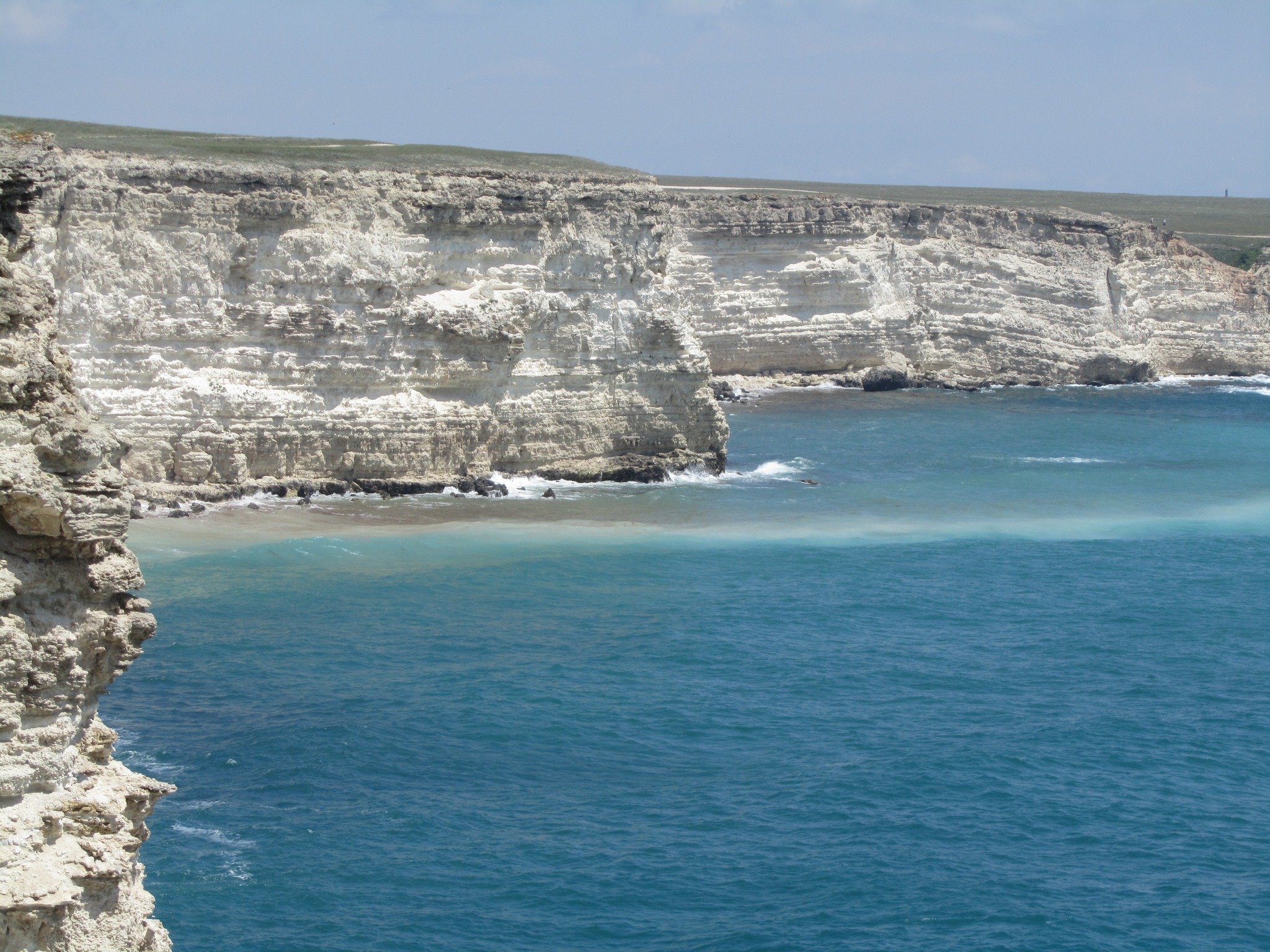International Black Sea Day

27 years ago, in 1996, six Black Sea countries signed the Strategic Action Plan for the Restoration and Protection of the Black Sea, starting the International Black Sea Day on October 31.
The need for such a document arose in connection with the danger of destruction of the unique natural complexes of the Black Sea due to human influence. Today, the need to preserve the Black Sea is more urgent than ever, because it is also feeling the impact of the russian invasion.
The Black Sea is a unique body of water that stands out from other seas and oceans. From a geographical point of view, it is an internal semi-enclosed sea, surrounded by land on all sides and having a limited connection with the World Ocean through a system of channels. Many rivers flow into the Black Sea, carrying with them significant volumes of fresh water, so the salinity of the Black Sea is almost twice as low as the salinity of ocean waters. Our sea has another feature: it is the largest meromictic basin in the world. That is, its upper water layer does not mix with the lower oxygen-free layer, which contains a high concentration of hydrogen sulfide and occupies more than 80% of the entire volume of the reservoir. So rich biodiversity exists only in the oxygenated upper layer of water.
The modern sea basin was formed only 6–8 thousand years ago, when the Bosphorus strait was formed and the salty waters of the Mediterranean Sea flowed into the existing freshwater basin. The current biodiversity of the Black Sea was formed from those species that remained here from the time before this event, and species that entered here from the Mediterranean Sea. Therefore, the combination of exceptional conditions, as well as the isolation of this sea basin, created the basis for the formation of a unique biodiversity here, in particular, the presence of endemic species that do not occur anywhere else in the world.

The semi-enclosed nature and presence of a large volume of anoxic waters make the Black Sea vulnerable to human activity and climate change. The russian invasion since 2014 has endangered both people's lives and the state of the sea. The impact of russia's military aggression on the sea is complex and multi-vectored, because it not only shook security in the Black Sea region, but also led to changes in shipping and water management, affected marine biological and hydrological research that Ukrainian scientists have been conducting for decades, and became a new environmental challenge. The hostilities affect the objects of the nature reserve fund, lead to the pollution of the sea with toxic substances from submerged equipment and destroyed coastal infrastructure, and also affect coastal ecosystems.
From February 2022, when full-scale war began, the impact on the sea became much larger and more pronounced. All nature reserves of Ukraine, which include marine water areas, are under occupation, along with seven coastal national nature parks and one biosphere reserve. Some of these territories were located directly in the zone where hostilities are taking place or where russian troops are stationed, such as the Kinburn spit or Dzharylgach Island in the Black Sea. The construction of fortifications and trenches, the movement of military equipment, and numerous explosions damage vegetation and ground cover. An additional negative impact is caused by fires that occur both directly as a result of hostilities and for other reasons. The situation is worsened by the occupation, the mining of territories and the destruction of fire equipment by the occupiers. On the Kinburn spit, which is part of the Black Sea Biosphere Reserve and the "Biloberezhya Svyatoslav" National Nature Park, 131 fires were recorded during the year of full-scale invasion. The 2022 fires were the largest on the Kinburn spit in decades and affected more than 5,000 hectares, including steppe and coastal ecosystems and nesting sites for approximately 100 bird species.
Environmental protection objects were also seriously affected by the disaster at the Kakhovskaya HPP, which occurred on June 6, 2023 as a result of the russians blowing up the dam. Several objects of the nature reserve fund, in particular the Nizhny Dnipro National Nature Park, were in the flooding zone. As a result of the destruction of the Kakhovskaya HPP, colossal volumes of fresh water contaminated with fertilizers, fuel and lubricants, and sewage entered the Black Sea. Due to numerous russian attacks in the coastal zone of the Black Sea, the destruction of treatment facilities and port infrastructure was recorded, as a result of which pollutants could enter the sea without obstacles. According to the CEOBS monitoring group, there were several such cases only in the Buzky estuary near Mykolaiv. Many industrial facilities located on the left bank of the estuary were attacked by the russians: the Mykolaiv Alumina Plant (where tanks for storing fuel, caustic soda, and processed materials were damaged), grain terminals, and a sunflower oil terminal, which entered the waters of the estuary and polluted the water area. Additional sources of pollution in the sea are sunken military equipment, ships and ammunition, with which chemical compounds, rocket fuel residues and heavy metals enter the marine environment.
Mining of water areas and large territories of Ukraine. Mines can not only pollute the environment with explosives and heavy metals, but also affect marine life as a result of accidental detonation. Underwater explosions can harm hydrobionts, leading to the mass death of fish, and also be the cause of mine-explosive injuries. This can also have a negative effect on cetaceans, of which three species live in the Black Sea: bottlenose dolphins, common dolphins, and harbour porpoises. All of them are included in the Red Book of Ukraine and required special protection even in peacetime, and during the war they were in an even more vulnerable position. In addition to explosions, the use of sonar (hydroacoustic stations) by submarines can also pose an additional threat to marine mammals. This affects the dolphins' ability to use echolocation, which is important for navigation and communication. Since February 2022, scientists have recorded cases of mass death of cetaceans in almost the entire Black Sea.
According to the Criminal Code of Ukraine, ecocide is the mass destruction of flora or fauna, poisoning of the atmosphere or water resources, as well as the commission of other actions that can cause an ecological disaster. The influence of the russian occupiers on the environment of Ukraine may well fall under this definition.
After we expel the invaders from our land, we will definitely restore our marine waters. However, today we can consciously refuse to use phosphate detergents and disposable plastic. It is important to reduce the anthropogenic impact on marine ecosystems, and it can be done now. Let's be conscious, let's keep our native Ukraine healthy, fertile and flourishing.

